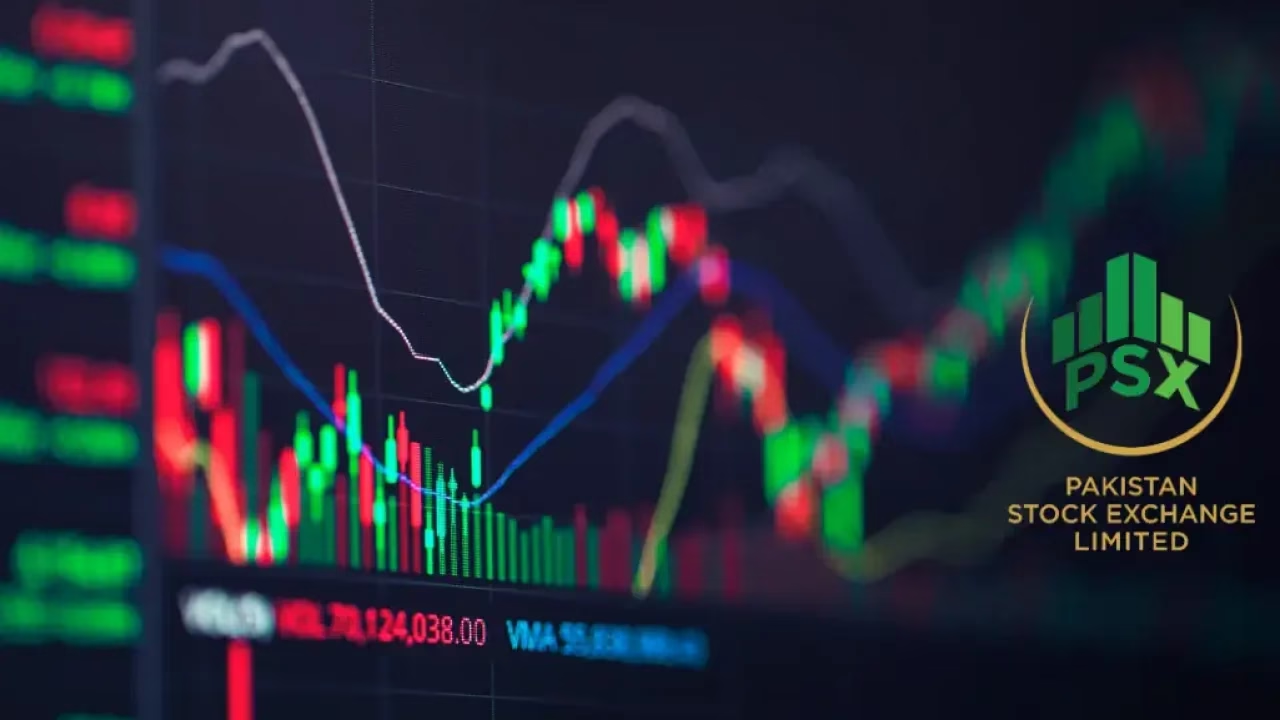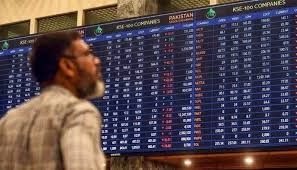U.S. President Donald Trump’s latest round of sweeping tariffs has sent shockwaves through global markets, triggering sell-offs on Wall Street and prompting an urgent diplomatic response from dozens of affected countries. The measures, some of the most aggressive seen since the 1930s, have left trading partners scrambling for new deals and seeking clarity amid rising economic uncertainty.
The tariffs—ranging from 10% to a staggering 50%—target exports from 69 countries. Among the hardest hit are Switzerland (39%), Canada (35%), Brazil (50%), India (25%), and Taiwan (20%). The average effective U.S. tariff rate is now estimated to have jumped from 2.3% last year to around 18%, according to analysts at Capital Economics.
Global Markets Slide
Markets reacted swiftly and sharply. The Dow Jones dropped 1.23%, the S&P 500 fell 1.6%, and the tech-heavy Nasdaq tumbled 2.24%. Europe’s STOXX 600 also plunged by 1.89%. The sell-off was compounded by weaker-than-expected U.S. job data, showing slowing growth and sharp revisions to previous months.
Adding to the volatility, Trump abruptly ordered the firing of Erika McEntarfer, head of the Bureau of Labor Statistics, claiming without evidence that the jobs data had been manipulated.
Trade Allies Push Back
Countries impacted by the tariffs expressed shock and dismay, with some calling for immediate renegotiations.
“It’s a massive shock for the export industry and for the whole country,” said Jean-Philippe Kohl of Swissmem. “We are really stunned.”
India and Switzerland are seeking urgent trade talks, while South Africa’s trade minister is pursuing “practical interventions” to protect its economy from a 30% tariff burden.
Thailand welcomed a reduction from 36% to 19% on its exports, with Finance Minister Pichai Chunhavajira saying the cut could boost growth and investor confidence. Australia, facing a comparatively low 10% rate, also expects improved export competitiveness in the U.S. market.
But overall, sentiment is grim. “There are no real winners in trade conflicts,” said Thomas Rupf, CIO Asia at VP Bank. “Despite better terms for some, the broader economic impact is negative.”
Growing Economic Pain
The tariffs are already affecting consumer prices in the U.S. Data released Thursday showed a 1.3% rise in prices for home furnishings and durable household goods in June—the steepest increase in over two years.
European manufacturers are scrambling for workarounds. Fashion and cosmetics brands like L’Oréal are considering using the decades-old “First Sale” rule, which allows tariffs to be calculated based on factory price instead of retail value.
“The tariffs hurt the Americans and they hurt us,” said German winemaker Johannes Selbach. “Jobs and profits on both sides of the Atlantic will be hit.”
Trump Defends Policy Amid Uncertainty
Despite the backlash, Trump administration officials stood by the move. Stephen Miran, Chair of the Council of Economic Advisers, told CNBC the strategy was deliberate:
“The uncertainty with respect to tariffs … was critical to creating the leverage needed to secure the monumental trade deals we’ve seen recently.”
However, the European Union is still waiting for key carve-outs on cars and aircraft, and the U.S. has yet to clarify how it will police complex transshipment restrictions—potentially applying 40% tariffs on goods misrepresented to dodge higher duties.
The tariffs are set to take effect on August 7 at 04:01 GMT, though details remain vague, fueling further market anxiety.
In the absence of clear winners, the consensus among economists, business leaders, and trade officials is increasingly grim: Trump’s tariff blitz may be reshaping trade, but it’s doing so at the cost of global stability and growth.



